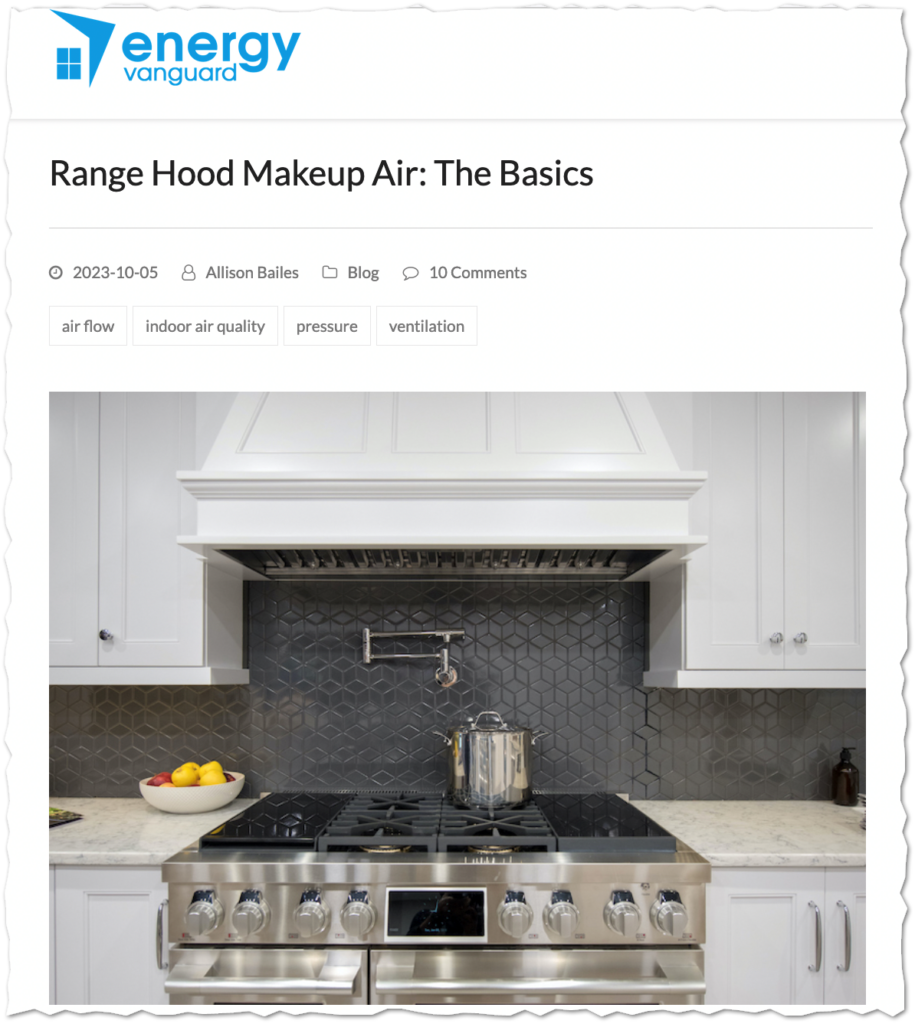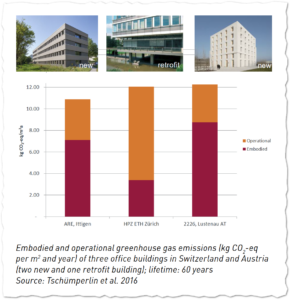Air pollution is real and has deadly impacts. In New Zealand we’re 10 times more likely to die from the effects of air pollution than from a car accident. Marc Daalder of Newsroom wrote a detailed feature about the extent of the problem here in New Zealand. Despite lingering fond notions about Aotearoa’s clean, green environment, it is sadly the …
Makeup air in a Passive House

Here’s a good summary on make up air for rangehoods, from HVAC consultants and designers at Energy Vanguard. It’s worth reading in full. The quick summary goes like this: Good kitchen cooktop installs position the cooking hood against a wall, and it fully covers the cooktop. In such a case, 125 L/s or 425 m3/hr is sufficient for a normal …
Certifier scope of service guidance a helpful read

The Passivhaus Trust, the UK’s industry body, has published an excellent guide to where the roles and responsibilities sit during Passive House design, construction and certification stages. It’s worth reading. In my experience, good communication is THE most important part of a successful working relationship between designer and certifier. The guide clearly explains the stages and who needs to call …
Successfully marketing Passive House performance

We hear that stories on homes built to Passive House standard are very popular with Stuff readers. Here’s another well-written story about this family home in west Auckland, just completed but now on the market. Good to see Nick choose family life over his beautiful long-awaited Passive House. I’m looking forward to seeing his renovation project (read more about that …
Passive House design training relaunches, on-demand format

New Zealand needs more Passive Houses—and other buildings heading in that high-performance direction. That requires more confident and skilled Passive House designers. Sustainable Engineering last year launched a new training course, designed to make the Passive House design process more practical, predictable and straightforward for the designer, architect, builder and client. The course was very well-received and now it’s back, …
Detailed LCA resource available

The Buildings and Communities Programme (EBC*) has just published a huge resource of LCA work focused on buildings in Europe. The focus of the research are heavyweight buildings powered by a grid that is less clean than New Zealand’s. I’m not sure how New Zealand’s metrics for embodied carbon emissions across the different stock levels will be set. It becomes …
MVHR inlet/extract positions

There’s some new advice available about locating the air inlets and exhausts in MVHR systems. If you’re a Passive House designer or otherwise involved in high-performance building, it’s important to keep up with the technical changes, as best you can. ASHRAE’s latest publication* has pulled together research and studies (including CFD work) in order to offer advice on the location …
TFA or CFA? The difference matters

Anyone who notices there are fewer biscuits in a packet that is outwardly the same size has encountered shrinkflation. Same price, but nine chocolate biccies instead of 11 means 18% less treats for your money. It’s not lying but it is confusing. We’ve got to watch out for shrinkflation in relation to building performance. A Passive House designer recently claimed …
Understand thermal implications of underfloor heating

Embedded under-floor heating is a luxurious way of keeping a house warm. You may encounter clients who hate heat pumps and who aren’t deterred by the cost of under-floor heating. But there’s some implications for a high-performance design that architects/designers must be aware of. Passive House buildings by definition have a very low heating demand. Heating the slab is an …
